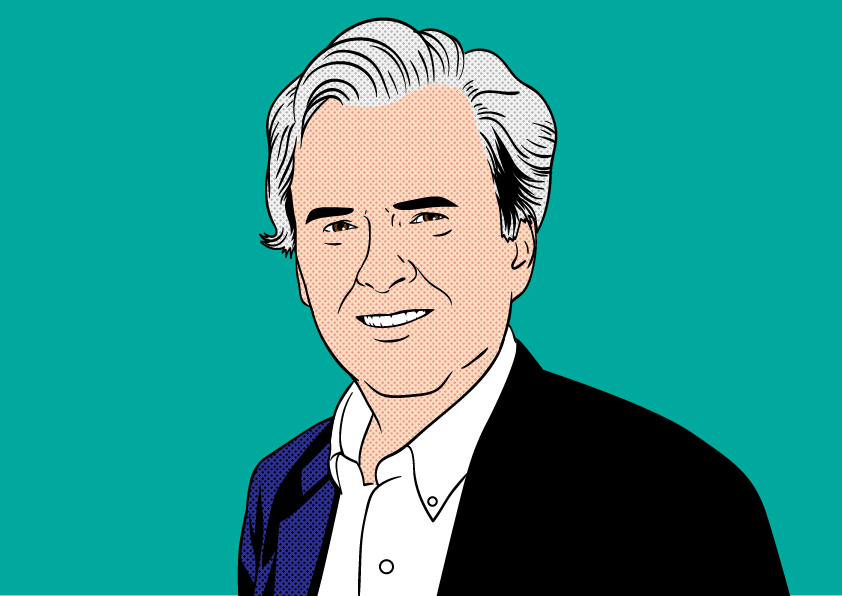Plastics Bans Coming to an Airport Near You

by Robert McGarvey
SFO fired the first shot – on 8-19 it forbade airport shops, restaurants, vending machines, et. al. from selling plastic water bottles. We are instructed to bring our own refillable bottles and to grab our water at some 100 hydration stations.
Watch for this to spread to airports across the country and globally. Single-use plastics are cluttering our planet. Can we recycle our way out of this? Hah. “As investor Rob Kaplan of Circulate Capital recently told National Geographic, ‘There’s no silver bullet to stop plastic pollution. We’re not going to be able to recycle our way out of the problem, and we’re not going to be able to reduce our way out of the problem.’”
Much recycling is ineffective. Maybe even a scam. Just don’t use single-use plastics. That’s the exit and water bottles are a good place to start.
There’s a loophole in the SFO bans, by the way. Water can be sold in plastic bottles bigger than one liter, reports SFGate. My reaction to that is big deal. (1) What traveler buys a half gallon water jug? Not me. (2) It’s as easy to ban big bottles as it was smaller ones so if there’s a flagrant parade of giant jugs watch for a broader ban.
The bigger loophole is that the ban does not apply to juices, sodas, etc. It should.
Globally we use more than one million plastic bottles a minute. No one wants that much trash. Recycling efforts are noble but Sisyphean. Mountains of trash accumulate daily.
Repeat: no one wants this much garbage.
We can do our part. Personally as I walk around Phoenix where I live, I usually have a metal water bottle, stamped with the name of one resort or another, I couldn’t tell you which, or maybe it was a handout at a business meeting where, in recent years, there are ever more giveaways of logo metal water bottles. Point is: they are free.
It’s no big deal to carry a small metal water bottle in a carryon bag. For years I’ve carried a small travel umbrella (go to New York or Belfast enough and you’ll never fly without an umbrella). A water bottle is a little smaller and lighter.
Some pundits report that business travelers are grumbling about the SFO ban. Reported WAPO: “Although public reaction has mostly been positive, the news has resulted in some disgruntled business travelers who bristle at the inconvenience of having one more item to pack.”
I don’t get. What’s the inconvenience of toting a lightweight refillable bottle when measured against a planet that is choking with waste plastics?
Water bottles are just the first shot.
Color me also opposed to plastic straws which I never use. If you like straws buy a metal straw. They are cheap and small. California has a plastic straw ban (customers have to ask for a straw to get one); more states will follow. Plastic straws simply are bad. Something like 7.5% of the waste plastic in the environment is from straws and stirrers. Stop it.
I’m on record in my attempt to support the flygskam movement – but I am equally on record noting that it just isn’t easy to cut back on flying because our transportation alternatives suck.
It is easy to cut back – eliminate – a lot of plastic. I remember as a kid liking the feel of glass Coke bottles. Paper straws were fine too in that era (although I think reusable metal straws are a much smarter solution in 2019).
While we’re at this, ban single-use plastic bags too – as many nations already do. So does California. It’s easy enough to carry a small string sack, or cloth bag.
We can make a difference when it comes to plastics. I hear the pain when the talk is about flygskam. Single use plastics are different. They are easy to eliminate – we won’t miss them – and the planet will thank us.
You want some plastic in your life? Have at this.

